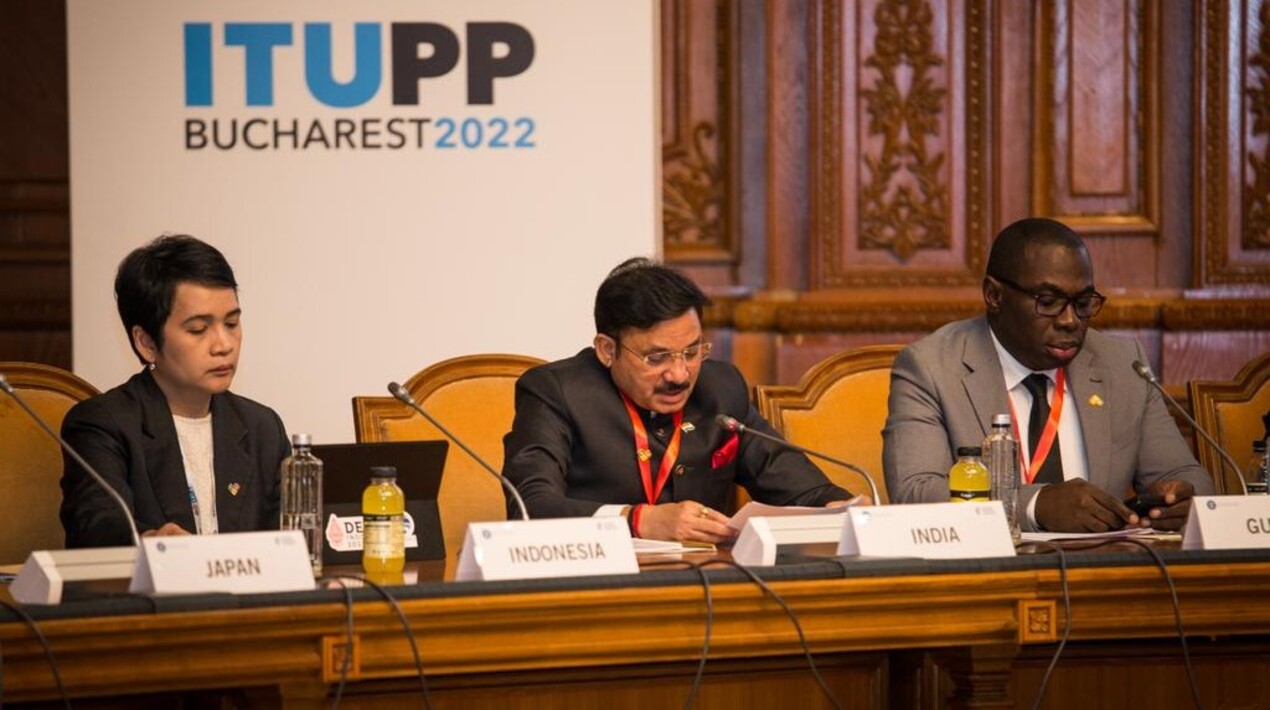
The Minister of State for Communications, Devusinh Chauhan, recently said that a better digital future can only be built on pervasive digital infrastructure, by developing digital platforms to deliver government services, and by ensuring universal access to digital services.
He was addressing the Ministerial Roundtable at the International Telecommunication Union’s (ITU) Plenipotentiary Conference 2022 in Romania. According to a press release, the theme of the conference was ‘Building Better Digital Future’.
Chauhan said that the large-scale penetration of ICT in all aspects of life is leading to multidimensional changes in India and that the government has an “integrated approach” to facilitate a better and more inclusive digital future. He cited the advancements in the country’s telecom infrastructure as an example of the government’s commitment to digitisation. He said that the government plans to extend mobile services and optical fibre services to the country’s 640,000 villages by 2023 and 2025, respectively. He mentioned that the recent successful 5G spectrum auction, which attracted a total investment of IN 1.5 trillion (US$18.3 billion), indicates an enthusiastic response from the industry. It is the result of citizen-centric and industry-friendly public policies.
Additionally, to boost the 5G ecosystem, the government is allowing stakeholders to use an indigenous 5G test bed for free till January 2023. Stakeholders include recognised start-ups and micro, small, and medium-sized enterprises (MSMEs). For a nominal fee, it is also available to 5G service providers, equipment manufacturers and players from the industry, academia, R&D institutions, and government bodies. The 5G test bed is available at five locations and stakeholders have been urged to utilise the 5G test bed and expertise to test and facilitate the speedy development and deployment of their products in the network. It will enable stakeholders to validate their products, prototypes, and algorithms and demonstrate various services. It provides complete access for research teams to work on novel concepts/ideas that hold potential for standardisation in India and on a global scale.
Chauhan also spoke about the progress made by the Digital India Initiative and the success of Aadhar cards and the Aadhar Enabled Payment System (AEPS). AEPS records 400 million transactions every day, which is an example of accelerated financial inclusion because of the development of digital infrastructure, he said. Further, to reach citizens in far-flung parts of the country, the government set up 570,000 common service centres (CSCs), which ensure the delivery of various government-to-citizen (G2C) and other citizen-centric e-Services.
Recently, the government’s consumer complaint portal, e-Daakhil, was integrated into CSCs to make electronic filing easier for rural residents. CSCs are used by consumers at the gram panchayat (village council) level and can now be used by citizens who are unable to file complaints online with the consumer commission.
India has been contributing to the ITU targets since 1869 and intends to fulfil the Sustainable Development Goals 2030. The country has offered its expertise in bridging the digital divide to the CTO nations.
















